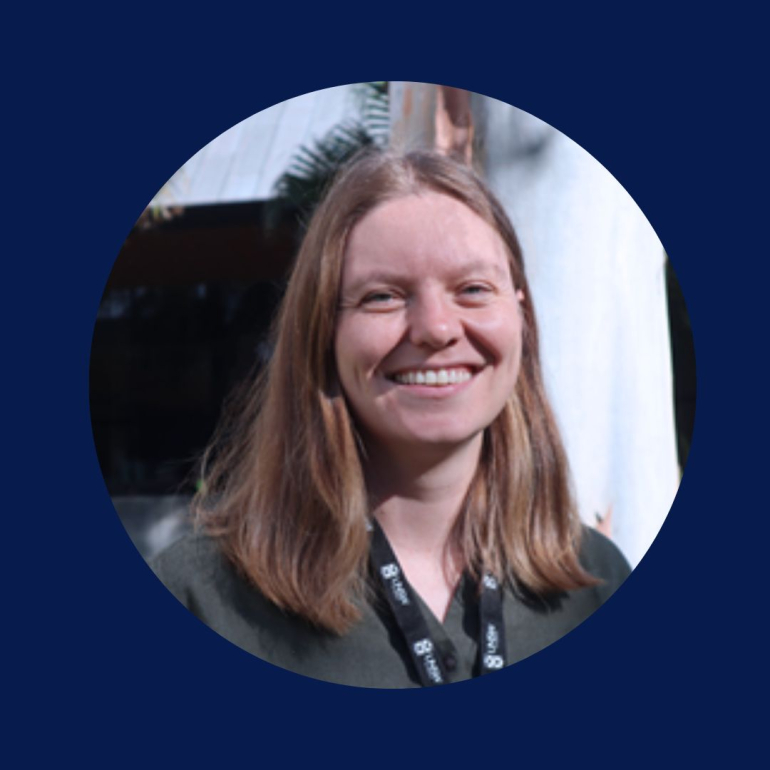Early Career Researcher Spotlight
Dr Melanie Walker is an Early Career Research Fellow with UNSW Sydney. As the research lead for this project, she is developing a tonsillar organoid system in order to study human disease.

Dr Melanie Walker is an Early Career Research Fellow with UNSW Sydney. As the research lead for this project, she is developing a tonsillar organoid system in order to study human disease.
My work has primarily been focussed on contributing to our understanding of pathogen immunology and improving the pathway to the development of effective vaccines. Specifically, I am interested in establishing methodologies to understand B cell immunity in subjects infected with HCV, SARS-CoV-2 and the malaria parasite.
The immune response is a complex and highly specific system that is difficult to study using non-human models. Despite this, many immune related studies have been performed with standard laboratory mice and guinea pigs. This has resulted in several examples of poor correlation between mice and human immune data. Recent advances in 3D organoid cultures (miniature versions of an organ that are grown in the laboratory) has led to the development of as tonsil organoids that can recapitulate the human immune response. This offers a great opportunity to ethically study the immune response in different disease settings while reflecting the natural variation observed in the human population. Understanding these factors is important for the development of vaccines against pathogens and potential therapeutic treatments.
We will optimise and validate a human immune - and epithelial tonsillar organoid system that can replicate the complexity of the adaptive and innate immune response in vitro, allowing a more ethical and economical tool for studying human immunity. We have a biobank of human donated single cell suspended tonsils and will use SARS-CoV-2, hepatitis C virus and malaria parasites as model pathogens. We will add our model pathogen antigens to the organoids and then measure levels of antigen-specific IgG and neutralisation. We will also perform single cell RNA sequencing on B cell receptors and T cell receptors using the BD Rhapsody sequencing platform which will allow us to study clonal distribution in the organoid. Ideally, this immune organoid system will become an invaluable tool to investigate the mechanisms involved in human immune responses and accelerate vaccine design.
Fig 1. Single-cell suspensions were cryopreserved from tonsil explants and added to transwell plates. Upon culturing, the single-cells self-organise and aggregate, forming organoids as seen above.
The short-term goal of this project is to optimise and validate this immune organoid system and showcase its capability, which to the best of our knowledge is the first time it will be established in Australia.
The long-term goal of establishing this system will help build capacity for immune related studies at UNSW and Australia. This tool will become an invaluable tool to investigate the mechanisms involved in human adaptive and innate immune responses.
This project brings together the following research team:
This project is supported by the Systems Biology Initiative and the Cellular Genomics Futures Institute.